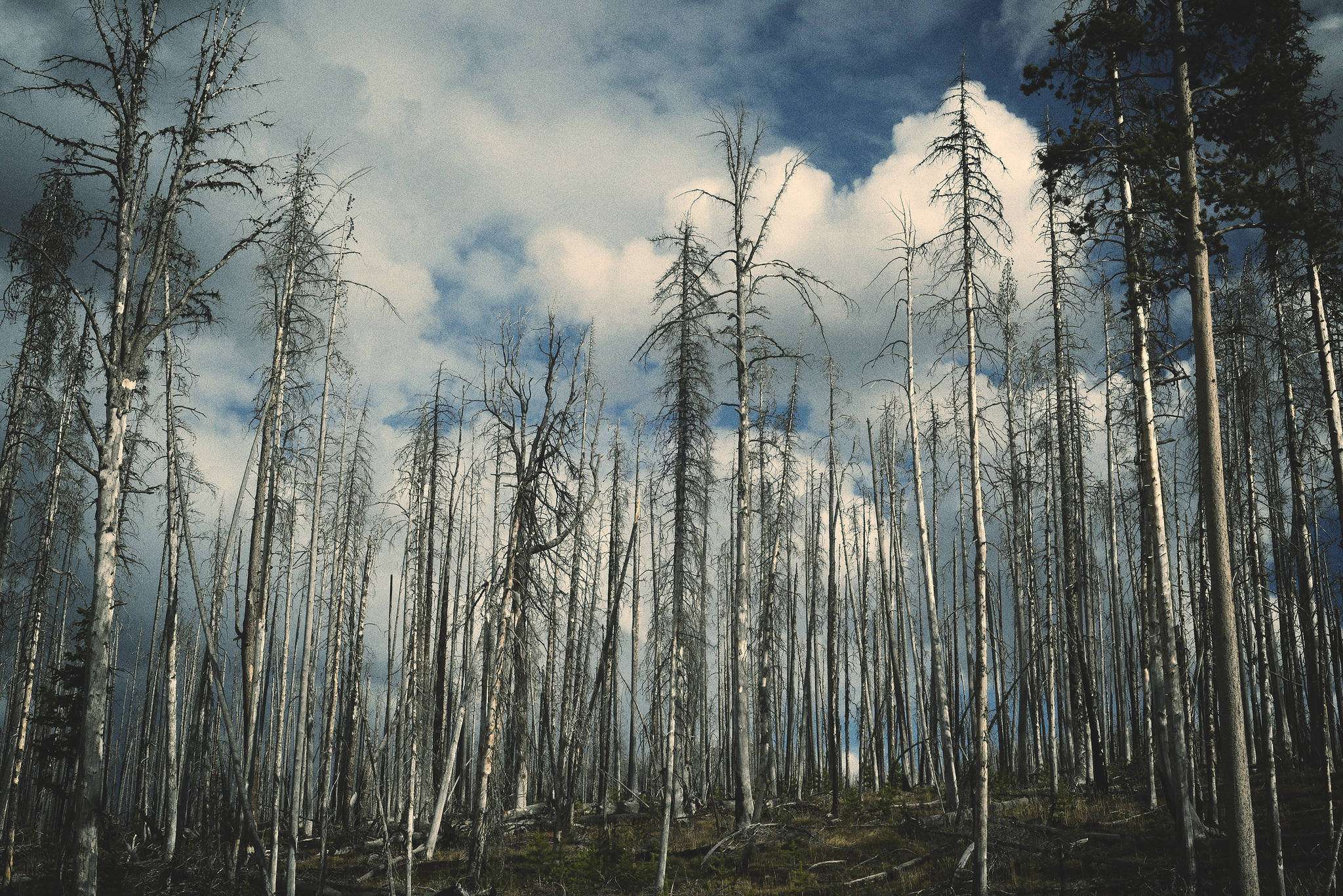
Environmental journalism training ebbs and flows with political fortunes
By Carol Terrracina Hartman
CMR Co-Managing Editor
A professional myth pervades the field of environmental journalism, but likely has some basis in fact: when a Democrat holds the White House, the jobs for environmental journalists evaporate: here come the pink slips. But when a Republican has the White House, it’s major job creation: every media outlet staffs up on environmental and science writers.
The unspoken perception is that the environment is a partisan issue and therefore safe to ignore at certain times, thus requiring less reporting. What that says for journalists, is that it becomes harder to report and publish on environmental issues because editors and media outlets perceive that the environment is “safe”: a crisis can’t occur.
Ethical issues aside, where does that leave undergraduate science writing programs? If opportunity to report potentially ebbs and flows every four years, how do professors plan curriculum and attract students to the programs?
A panel hosted at the Society of Environmental Journalists conference in Sacramento September 2016, addressed the best practices for teaching science and environmental reporting. A common theme emerged among the speakers: interdisciplinary approach.
Partnering with an environmental science or studies program offers the potential to recruit science majors with an interest in writing to the journalism or environmental journalism sequence. Additionally, it allows for collaboration in instruction to develop practical knowledge and tools among students who might not enroll in a wildlife biology class or an environmental toxicology class yet could benefit from such exposure as a reporter. Field-oriented class meetings means students can be in an “outdoor classroom” with a soil scientist one week and a water quality expert the following week.
Mark Neuzil, professor of journalism and communication at University of St. Thomas in St. Paul, Minnesota, says his environmental communication course was scheduled jointly with conservation biology.
“The course was a learning lab,” Neuzil said, describing assignments that aimed to get students outside to look and observe, and then return inside to research and identify, then report what they saw.
Assignments included a class “wiki” in which students could post their writings after gaining his approval, but was then subject to peer review and editing.
A second assignment involves a group nature walk, but not to places others generally travel. Students went to locations data show were less traveled and document their journey with photographs.
Accompanying this assignment, he said, was reading essayists like John Burroughs to assist in developing observation and narrative skills.
Again, the goal is to spot something, document it, and then follow up with research and write about it.
Take the reader along, he said.
Assignments that require field work have to have options, Neuzil says. Students can show up in the classroom with a fear of heights, asthma, or a disability that might demand flexibility planning trips for field assignments. Additionally, nervousness can trigger a panic attack; instructors need to prepare with Plan B for such incidences and make sure more than one instructor is present so no student is alone should participating in a group walk not be possible.
But these are the assignments that can draw students into a program — both from journalism or a science program.
Both Don Corrigan, professor of Media Law, Global and Environmental Journalism at Webster University in St. Louis, Missouri, and Michael Kodas, director of the Center for Environmental Journalism at the University of Colorado, say they teach students how to use technology as part of environmental journalism courses. Using the resources of Lynda.com, students learn how to implement technology as a reporter, without dedicating too much classtime on the nuts and bolts of technology itself.
Kodas says his assignments require collaboration and submission. Using theopennotebook.com, students comb the database to learn the background of a specific reporter (example: Mac McClelland for Audobon magazine) and how she reported a specific article (example: bird watchers in Cuba). Using the database, students can search by publication or writer and themselves learn how to develop a pitch and to whom they can direct their pitches.
By the end of the course, students’ portfolio should contain a complete media project, complete with a pitch ready to send to an identified market.
That possibility of a byline, Kodas said, can attract students to a program.
All panelists agreed that teaching students how to pitch stories successfully and the mechanics of how to free lance work in their environmental journalism courses is one way to attract students into the environmental journalism sequence as few courses in mass comm. programs incorporate this material.
Journalism schools that offer a specific Environmental Journalism program or track that accepts graduate students who may or may not have earned a journalism undergraduate degree have to decide how to ensure those students develop basic news reporting skills. At Michigan State University, where I taught in the Knight Center for Environmental Journalism, graduate students routinely enrolled in introductory news writing and reporting courses. Such an approach may have worked for teaching the Inverted Pyramid or AP style or other basics, but some students reported the age and maturity differences in class suggested this approach wasn’t completely appropriate.
This question is key to developing the EJ track for any program that enrolls both undergraduate and graduate students, as I was tasked to do at the University of Wisconsin. The effort has since stalled with recent changes in administration and funding.
